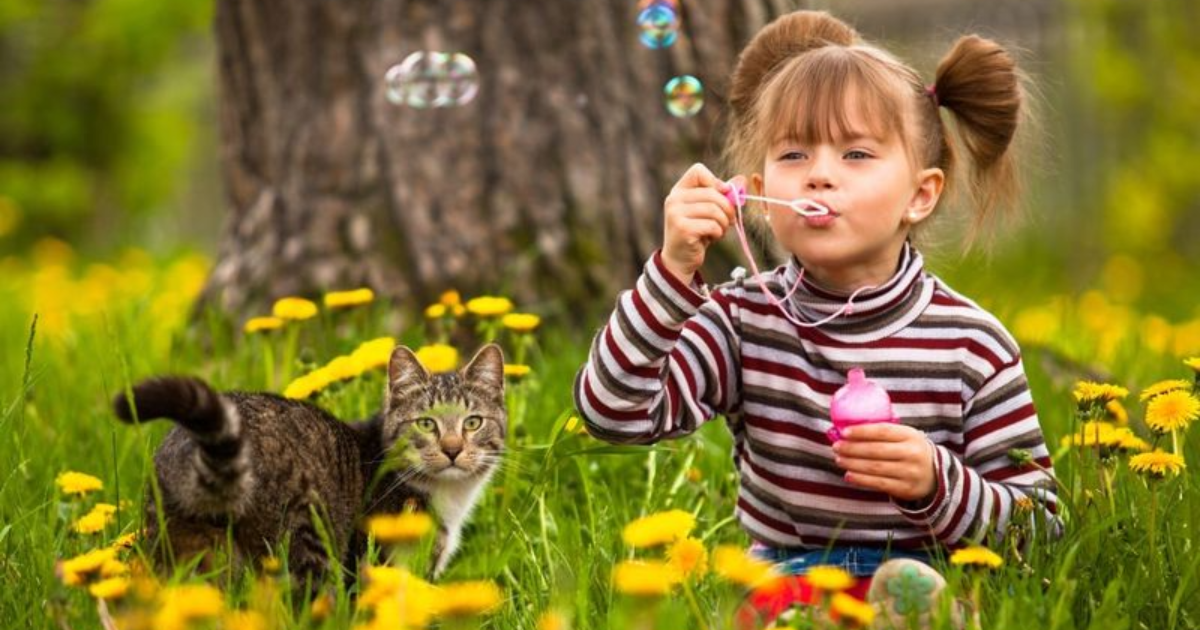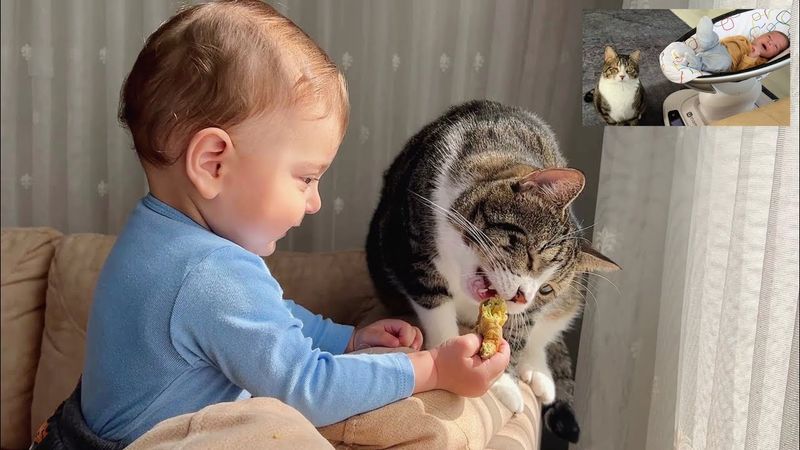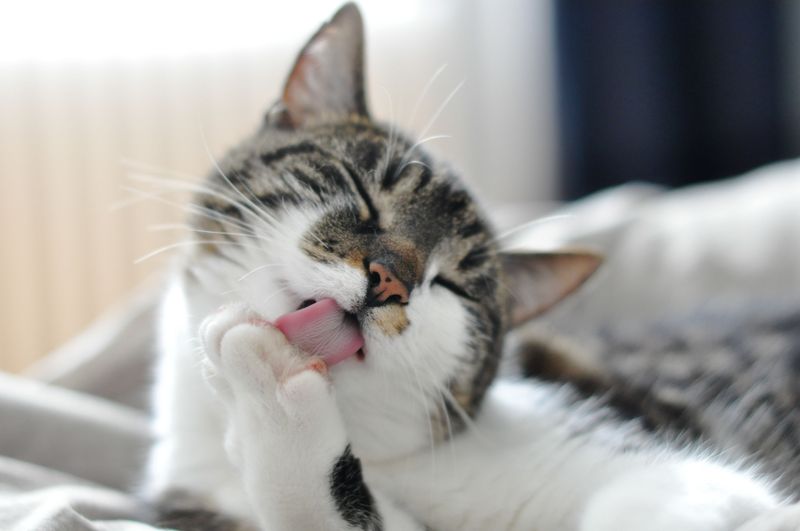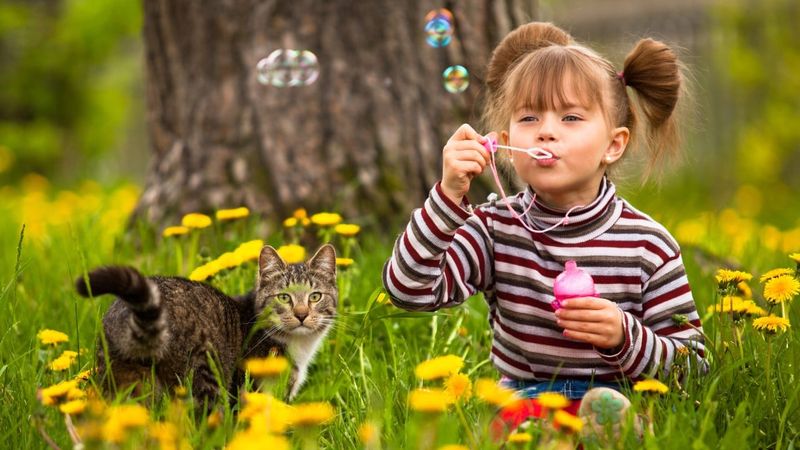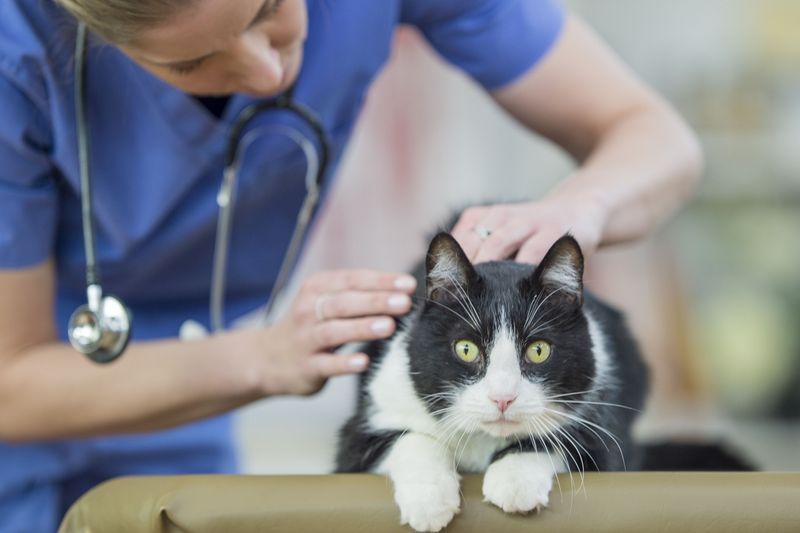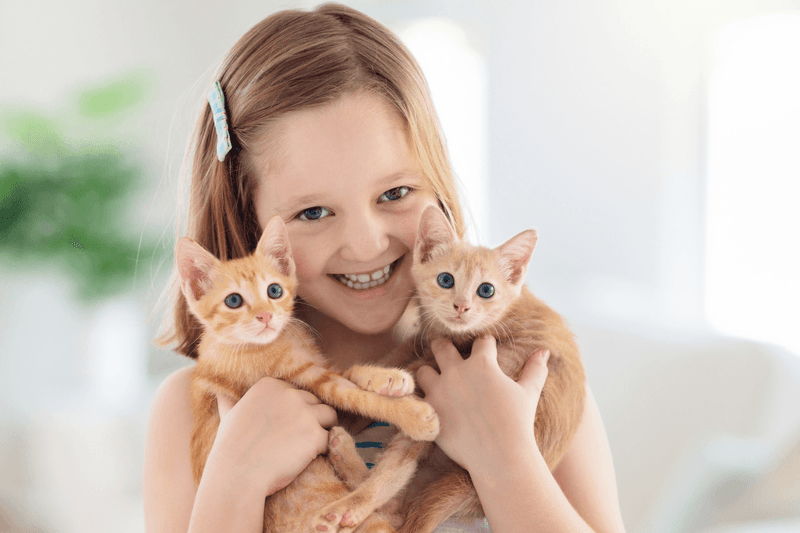📖 Table of Content:
Cats are wonderful pets that offer more than just companionship; they are excellent teachers of responsibility, especially for children.
By caring for a cat, kids learn valuable life skills that are essential for their development. From understanding the importance of daily routines to recognizing the needs of another living being, cats provide a unique opportunity for children to grow and mature.
In this blog post, we will explore 7 important lessons about responsibility kids can learn from cats.
1. Feeding Routine
Feeding a cat on a regular schedule teaches kids about consistency and the importance of meeting obligations. By having your child take charge of feeding, they learn to prioritize tasks and manage time effectively. It’s a great way to instill a sense of duty and recognize the needs of others.
Children will see that their furry friend relies on them for sustenance, which fosters empathy and a nurturing attitude. As they measure the cat food, they improve their mathematical skills and attention to detail.
Moreover, the feeding routine can become a bonding moment, providing an opportunity for your child to connect with the cat. It’s not only a task but a chance to develop patience and understanding. Let your child experience the satisfaction of fulfilling a responsibility consistently, and watch them grow.
2. Grooming Responsibilities
Grooming a cat involves more than just brushing; it’s an essential responsibility that can teach children about personal care and hygiene. When kids take part in grooming, they gain insights into maintaining cleanliness and appearance.
They learn to be gentle and patient, as cats may not always be enthusiastic about grooming. This teaches them to respect the comfort and boundaries of others, fostering a compassionate approach.
Additionally, as they remove loose fur and check for any health concerns, children develop attention to detail and problem-solving skills. Grooming sessions can also be a relaxed and enjoyable time, strengthening the bond between child and pet.
It’s a wonderful way to show your child how regular maintenance can prevent problems and enhance well-being.
3. Litter Box Duty
Managing a cat’s litter box is an unavoidable task that teaches important lessons about responsibility and cleanliness. By allowing your child to take charge, they learn about sanitation and the importance of maintaining a healthy environment.
Handling litter box duties cultivates a sense of ownership and accountability in children. They see firsthand the consequences of neglect and recognize the value of consistent care.
This task also educates them about waste management and hygiene practices, instilling habits that are valuable throughout life.
Though it may seem like a small chore, cleaning the litter box provides children with a meaningful opportunity to contribute to household chores and understand the impact of their efforts on family and pet well-being.
4. Playtime Engagement
Engaging in playtime with a cat is not just fun; it’s an essential responsibility that teaches kids about time management and the importance of mental and physical stimulation. Through play, children learn to schedule activities and balance fun with other duties.
Cats need regular play to stay healthy, and by involving your child, they understand the role of exercise in well-being. They develop creativity and problem-solving skills as they invent new games and activities to entertain their feline friends.
Playtime also fosters empathy, as children must pay attention to the cat’s reactions and comfort levels. It’s an opportunity for kids to practice patience and adapt to different situations, enhancing their social skills. Let your child lead play sessions and watch them grow in responsibility and imagination.
5. Health Checkups
Taking a cat for regular health checkups offers a valuable lesson about preventive care and the importance of monitoring health. Involving your child in vet visits teaches them about responsibility in health matters and planning for long-term care.
Kids learn to ask questions and understand medical advice, fostering confidence and communication skills. They’re introduced to the concept of preventive care, where regular checkups can prevent future health issues, a lesson applicable to their own lives.
By observing the vet’s examination process, children gain insights into animal health and science, which may spark interest in related fields. These experiences teach them to be proactive and informed, laying a foundation for responsible pet ownership and personal health awareness.
6. Understanding Emotions
Cats, with their varied moods and behaviors, teach children about emotional intelligence and understanding subtle cues. By observing a cat’s body language and reactions, kids learn to recognize and respect emotions, both in animals and humans.
This understanding enhances their ability to empathize and communicate, essential skills for building strong relationships. As they interact with cats, children become attuned to non-verbal communication, helping them navigate social situations more effectively.
Additionally, kids learn that emotions are natural and should be respected, whether it’s a cat needing space or desiring affection. This lesson extends to human interactions, teaching them to value emotional well-being.
7. Respecting Boundaries
Cats are known for their independent and sometimes aloof nature, providing children with a unique lesson in respecting personal space and boundaries. By understanding when a cat needs space, kids learn to recognize and respect limits.
This lesson is crucial for developing healthy interpersonal relationships, as children understand that everyone needs time alone. They learn the importance of patience and waiting for the right moment to approach others.
Additionally, respecting a cat’s boundaries teaches kids about consent and the significance of personal comfort. This understanding builds a foundation for mature social interactions and respect for others’ needs.
Through observing a cat’s behavior, children become more mindful of their actions, fostering a respectful and considerate attitude.
